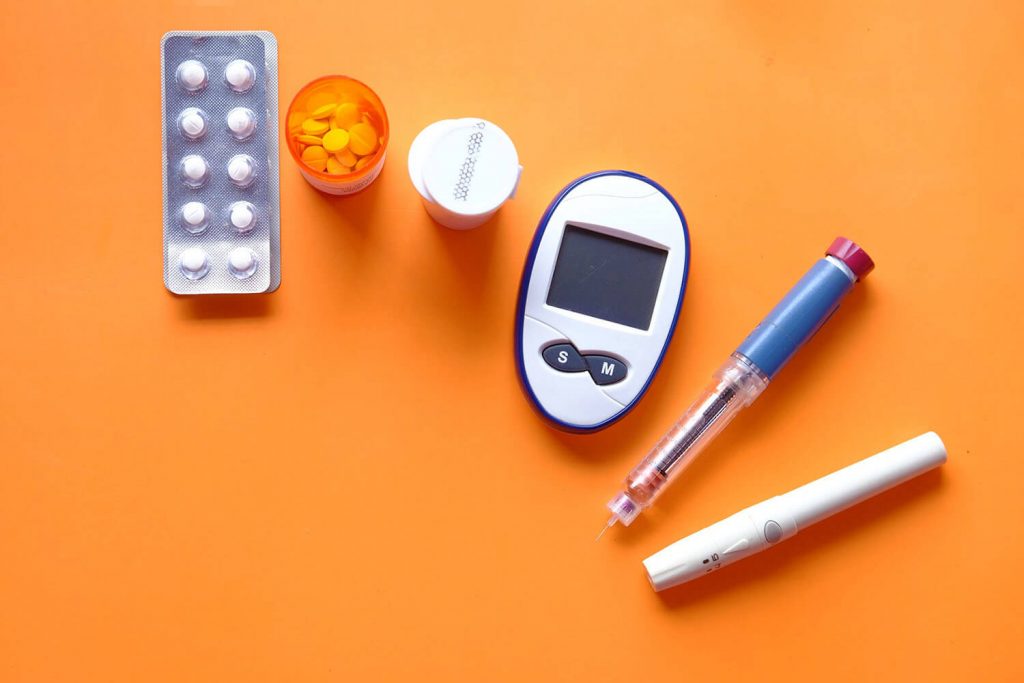Many people with diabetes measure their blood glucose. Whether it concerns type 1 or type 2 diabetes. Blood glucose can currently be measured in 2 different ways. Using a blood glucose meter or glucose monitor. The blood glucose meter is still widely used, but the rise of the glucose monitor has not gone unnoticed over the past 2 years.
In particular, people with type 1 diabetes and people with type 2 diabetes (who inject several times a day and actively practice self-management) make extensive use of the glucose monitor. The main reason for this is that the glucose monitor has been given a place in the treatment for these target groups and is reimbursed by the health insurer.
Reimbursements are regulated by law. So there is actually no difference between insurers. There is no additional reimbursement for diabetes aids under the supplementary health insurance.
When, what and for whom are medical aids reimbursed?
As a rule, aids are reimbursed as soon as you inject insulin. Or when you are eligible to start insulin. That is the 'simple' condition that health insurers apply. The aids are reimbursed by basic insurance. The deductible does apply here. Aids you can consider are: insulin pens, insulin pen needles, blood glucose meters including accessories such as lancets and strips, insulin pumps and glucose monitors including accessories such as infusion sets and sensors.
People with type 1 diabetes are reimbursed for all necessary aids required for their treatment. People with type 2 diabetes will be reimbursed for their aids when they start or have already started injecting insulin. The remaining group of people with type 2 diabetes without insulin (e.g. with pills/diet) will not be reimbursed for aids (this applies to: glucose meter with accessories such as lancets and strips). So they have to pay for their aids themselves.
Reimbursement for aids
If you are eligible for reimbursement for your aids, it is good to know that there is a maximum limit. The guidelines of the health insurers are as follows:
- Glucose meter: once every 1 years
- Test strips: 100 to 400 per year. Depending on how often you inject insulin
- Lancets: 100 to 400 per year. Depending on how often you inject insulin
- Lancing device: once every 1 years
- Insulin pen: 1 every 3 years
- Insulin pump: only prescribed on indication
- Glucose monitor and sensors: Prescribed as indicated. Depending on the indication, the choice of glucose monitor is made with the practitioner.
If you need more aids than the guidelines indicate, it is important to arrange this with your practitioner. The health insurer needs proof of this from them. If there are any uncertainties and you have questions about your reimbursement, it is important to contact your health insurer and make inquiries.
What is not reimbursed: cholesterol, ketone strips and any additional fixation material for the use of sensors or infusion sets (with insulin pump)
Medication
Most people with diabetes take medication. It's worth thinking about Metformin (pill form) or insulin (syringe form). The GP or internist prescribes the medication that fits your treatment. This is reimbursed by basic insurance.
This article was written in collaboration with Doeschka Motmans. Doeschka has been working in the diabetes market for more than 20 years. She is Business Unit Manager Diabetes at GD Medical. The Diatesse XPER glucose meter is a product from the GD Medical range.


Why are you not reimbursed if you take a tablet for diabetes?